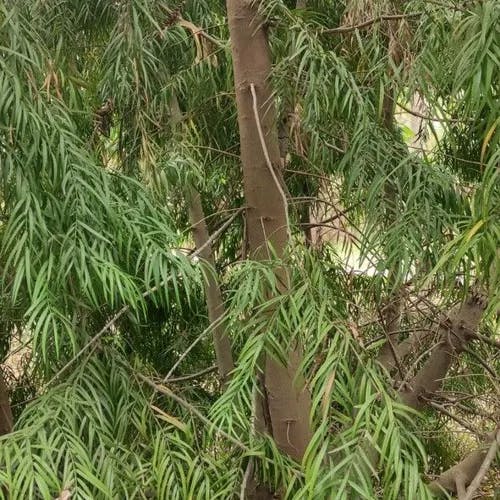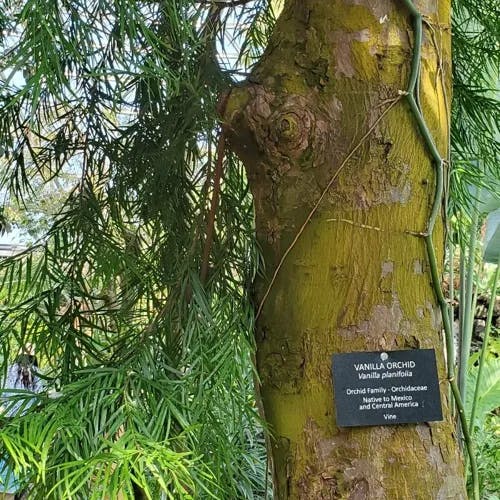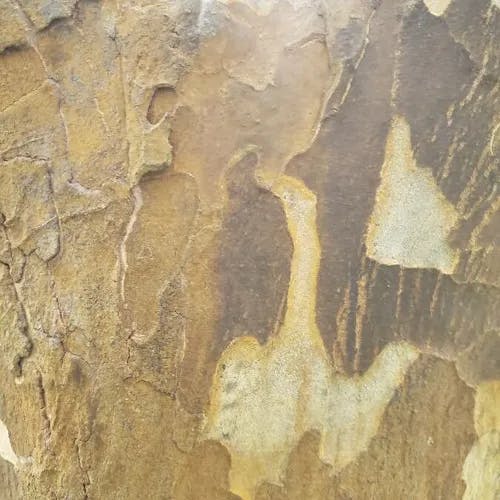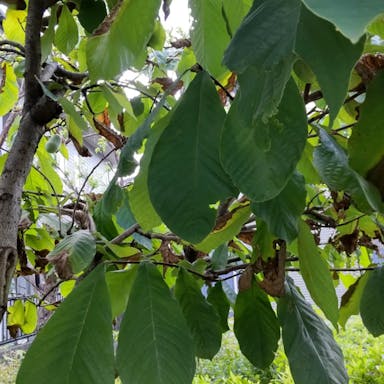The slender pine tree of Africa, scientifically termed Afrocarpus gracilior, has unique qualities. This tall evergreen may reach 30 meters in height. Native to the African nations of Kenya and Tanzania, it thrives in mountain terrain. Its feathery leaves resemble fern fronds, spiraling along the branches in a symmetrical pattern. Though evergreen, Afrocarpus gracilior blooms tiny greenish-yellow blossoms. While not showy, they add subtle beauty. The tree bears small round fruits, initially green but maturing to purple-black. Birds and wildlife consume them. Regarding cultivation, Afrocarpus gracilior adapts readily. It prefers well-drained earth and tolerates sun or shade. Once mature, it withstands drought. This ornamental tree is prized for its graceful form and foliage. Its name reflects origins in Africa and slender grace.
0
0












